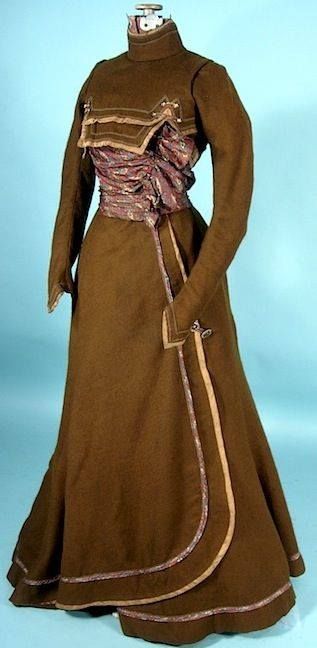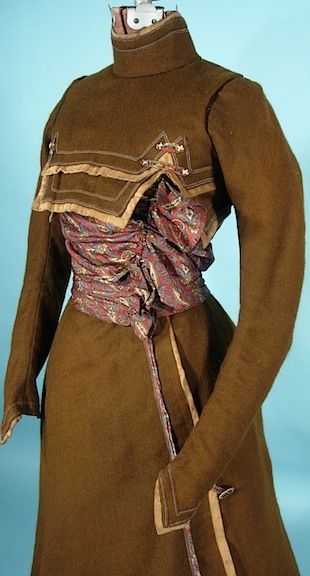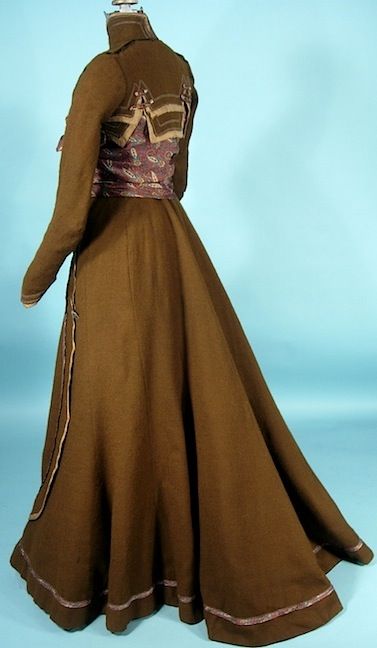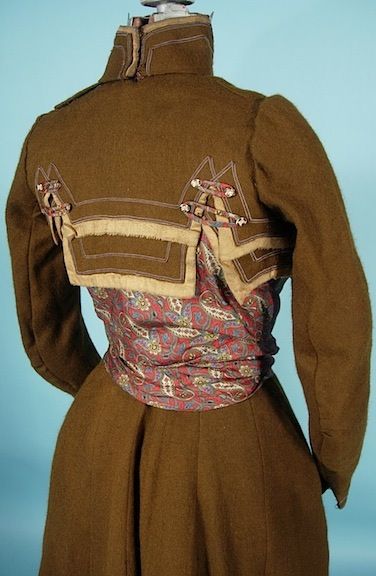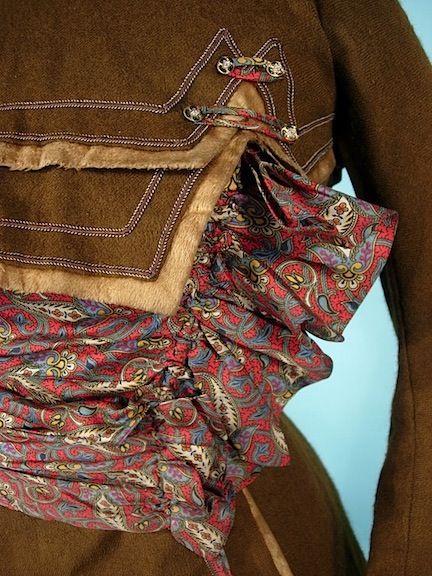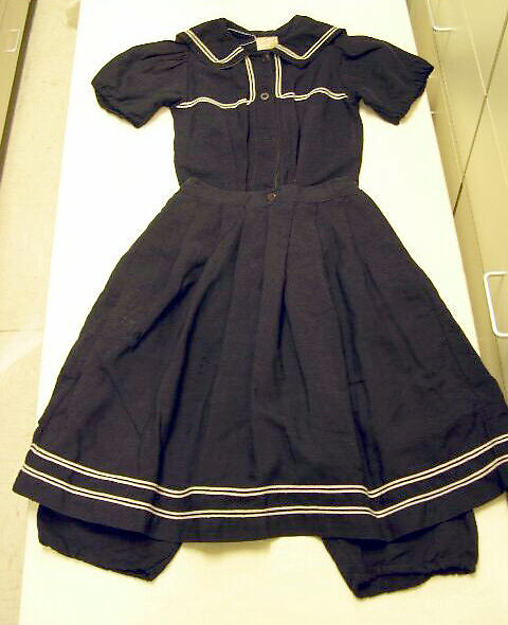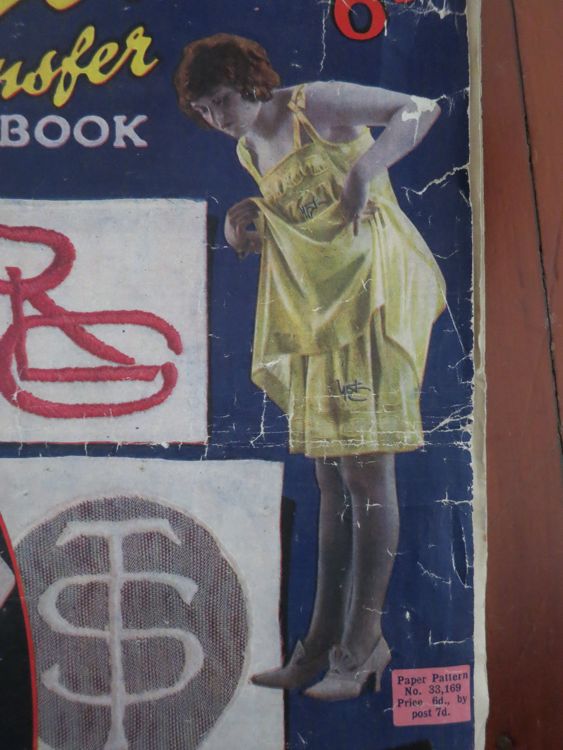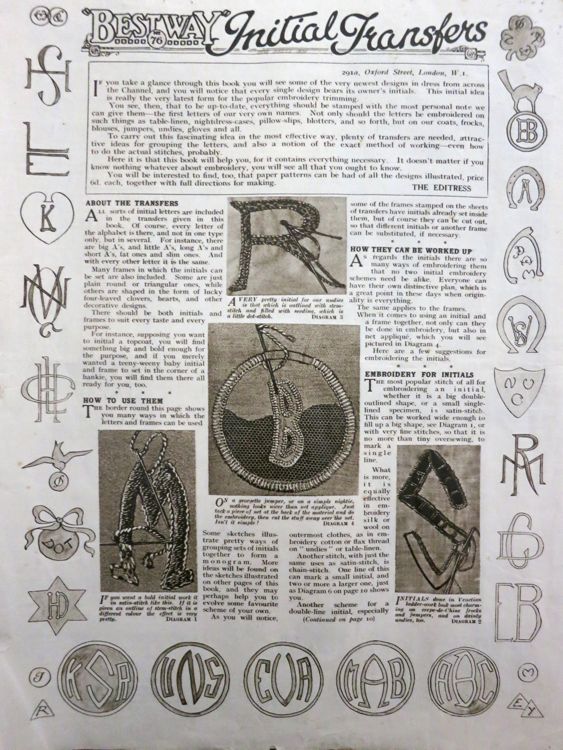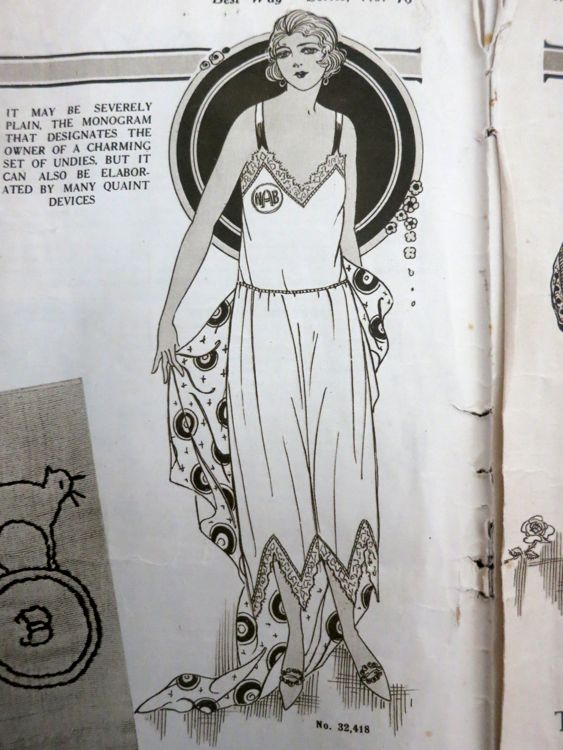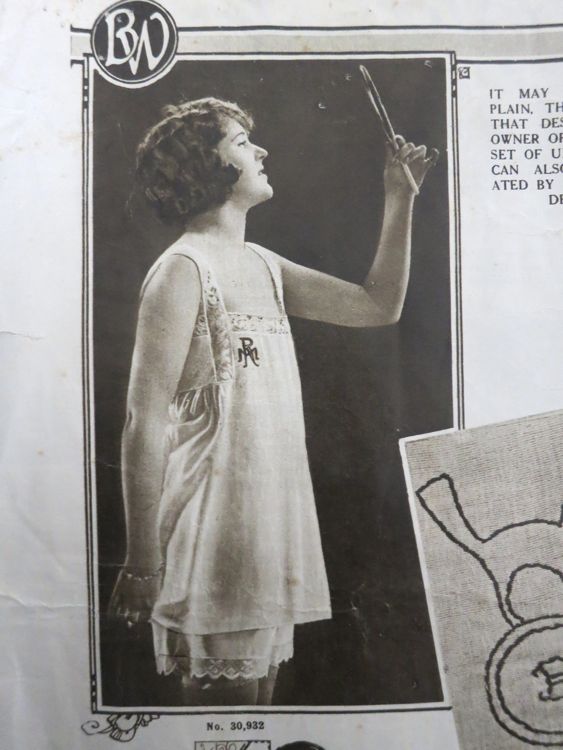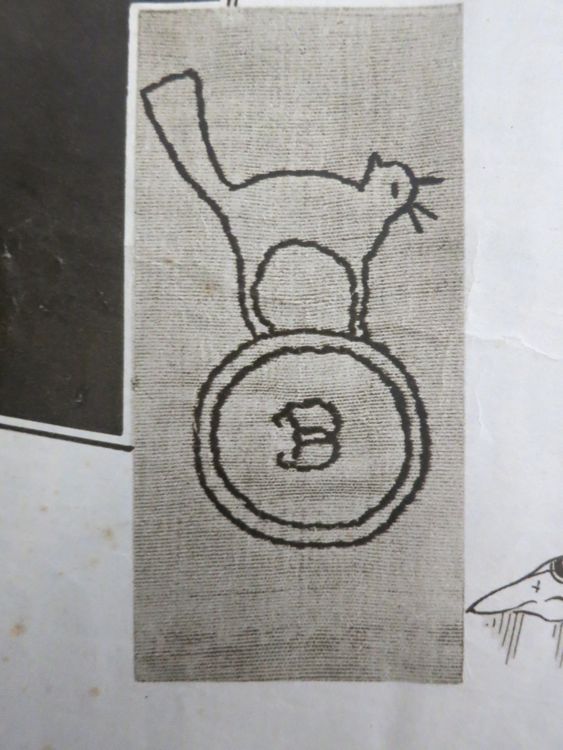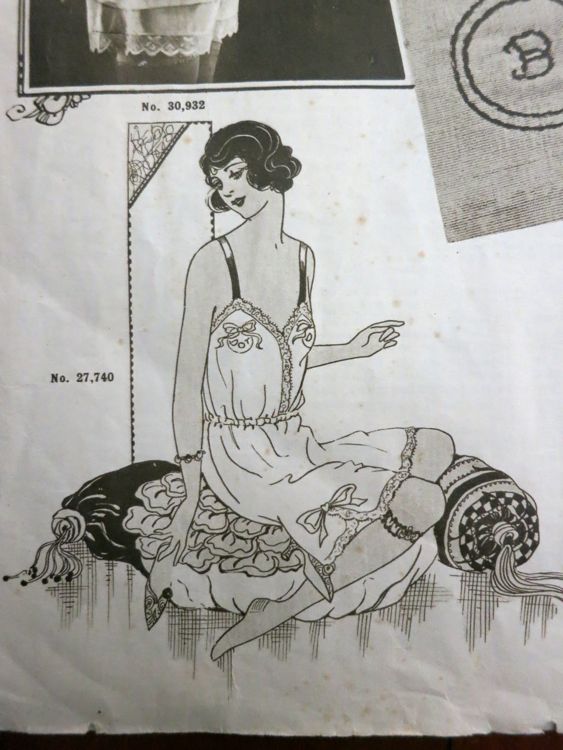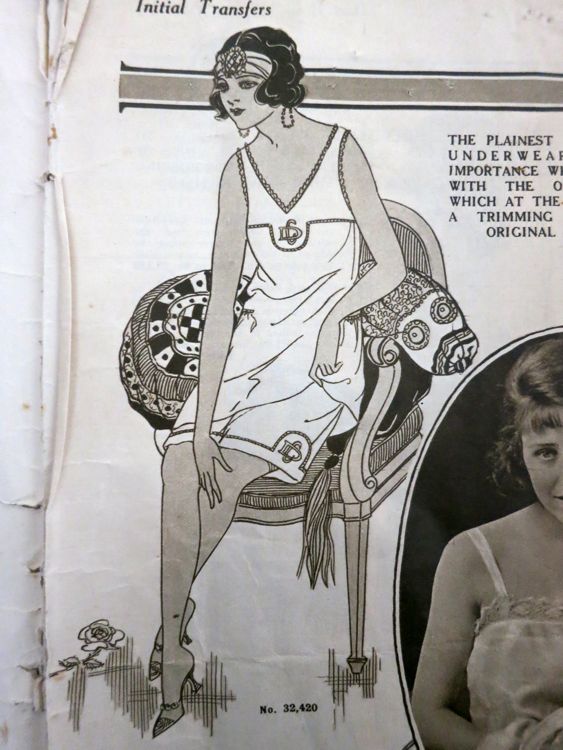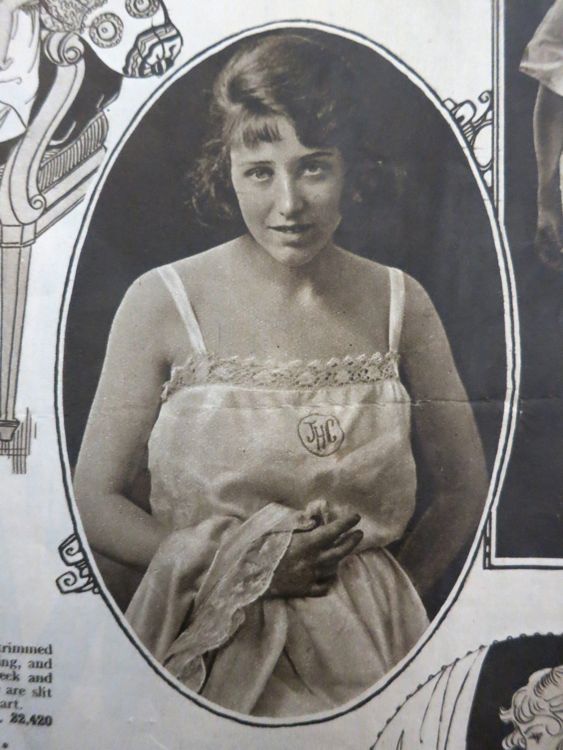The HSF Challenge #19 was Inspiration: be inspired by the wonderful things other HSF sewers have made for previous challenges. I was super excited about this challenge, but it was also really hard, because there are so many amazing pieces of inspiration that have been created!
I really, really wanted to make 18th century gauntlets, but there was another thing that I really wanted to make, that I’d never considered a possibility until I saw other Fortnightliers do it: a 19th century swimsuit.
Now, I don’t know why I put swimsuits in the ‘not-possible’ basket – after all, I’ve (often foolishly) waded into MUCH more complicated projects. But still, they just seemed way too complicated and esoteric in my mind.
Then Cation Designs made an Edwardian swimsuit dress (using a ’70s pattern as a base), and Loran made an 1860s swimsuit from a fashion plate I’d posted by frankensteining Colette’s Laurel dress and the Folkwear 1900s swimsuit pattern, and they were both fabulous, and suddenly I realised – “Hey, I can do this! A swimsuit is just a period blouse top joined to either a short period skirt or bloomers, with a skirt or bloomers under or over. I can just combine patterns and I’ve got this thing!”
So I did. And I have!
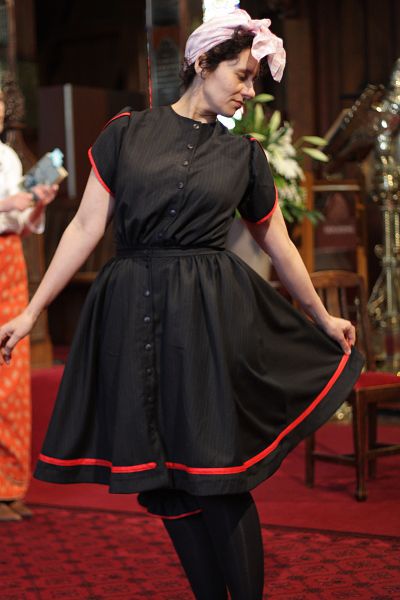
I’ve never been able to inspect a 1900s swimsuit in person, and the only period pattern I could find is from the 1870s (and now I can’t find the book I found it in, I’ll get back to you as soon as I remember), so I did have to guess a bit with the pattern.
I used Wearing History’s Edwardian blouse for the bodice – it’s a great base for lots of period sewing. The bodice was basically un-altered, but I drafted my own petal sleeves. I wanted the dress to look cute, but still VERY prim.
After studying all the images of period examples in museums I could find, I decided that both attached bloomers/separate skirt and attached skirt/separate bloomers with perfectly accurate, but that I wanted a separate skirt, just in case I ever wanted to wear it on its own. The bloomers are based on a combination of ladies drawers patterns and mens knickerbocker patterns from a late 19th century tailors guide.
The skirt is just a shortened ca. 1900 flared skirt pattern, with a little extension in the waist so that it would gather in.
I first cut the swimsuit in black woolen fabric (hoping to make it for the Great Outdoors challenge), but as soon as I started sewing it I realised the massive error I had made: swimsuits would always have been made in worsted wool, not woolen, because woolen fabrics absorb far more water and would get too heavy. So I set it aside, and then (oh happy day!), Fabric Warehouse had two lengths of darkest blue wool serge in their $5 bin. What was the most recommended fabric for swimsuits in the late 19th century? Blue serge!
So I recut. And then it was easy: Take bodice, attach to bloomers with waistband, make skirt, trim all. Boom. Swimsuit!
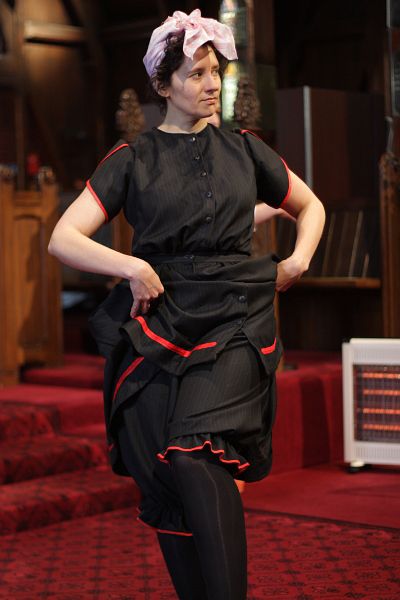
Oh, and the best part? I was really worried that it was going to be horrible and frumpy and un-wearable. Instead, it’s super comfortable and incredibly fun to wear. I kept putting it on for fittings and then bouncing around the house singing the happy pumpkin swimsuit song (Happy pumpkin. Happy pumpkin. Happy happy pumpkin in a swiiiiiiiimmmmsuit!).
Because I was a very happy pumpkin, and this is a really cute swimsuit!
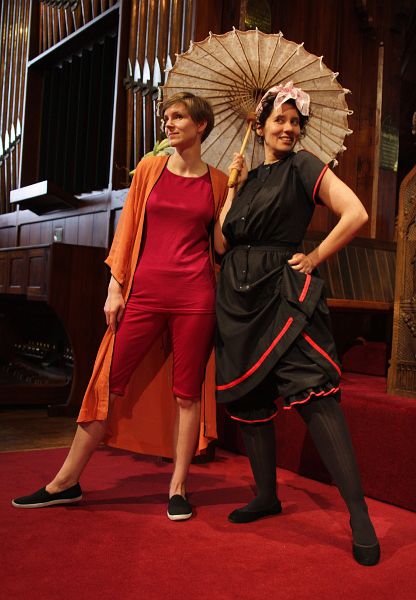
It was particularly cute on Chiara (who is my favouritest model ever, as she well knows) at the Katherine Mansfield talk, and she really worked that suit, showing off the bloomers and flouncing. I made her a little scarf out of red striped voile for her head (because seriously, the bathing hats that were worn in the 1900s? Not good. Mansfield didn’t think so either!), and it was just the bit of brightness the swimsuit needed.
(and many, many thanks to Sarah, who took the three fabulous photos featured above!)
In addition to the HSF sewers, I was inspired by these fashion plates, photographs, and extent pieces:

Sea Bathing, Avalon, Santa Catalina, Calif. (1903-1904), NYPL MFY 95-29
And most of all my 1906 Girls Own Magazine fashion illustration, from whence I took my petal sleeves and contrast sleeve and bloomer hem binding:

What to wear by the sea, 1906, Girls Own Paper
Plus there are lots of other pieces I looked at on my nautical pinterest board.
The Challenge: #19 HSF Inspiration
My Inspiration: Cation Designs’ 1900s swimsuit for the HSF ’13 ‘By the Sea’ challenge, Loran’s 1870s swimsuit for the same challenge, and Lauren of Wearing History and her Edwardian blouse pattern, which can be adapted to be the basis for so many 1900s things, including, as it turns out, swimsuits!
Fabric: 3 metres of darkest blue wool serge, in two lengths ($5 each from the Fabric Warehouse $5 bins, wooohoo!)
Pattern: My own, based on period examples, with a little help from Wearing History’s Edwardian Blouse
Year: 1895-1910
Notions: cotton thread, bias tape (tons and tons of it, from Fabric-a-Brac), vintage buttons that I’ve had since I was about 12 (like the fabric, actually dark blue, not black), elastic (yes, that was used ca. 1900!)
How historically accurate is it?: Pretty good actually. Correct fabric, construction matches period garments (though I’ve never actually examined a swimsuit of this period, so I had to guess at some bits). Only thing I’m not sure about is binding the sleeves and pantlegs with bias binding. 80%
Hours to complete: 7 or more. Not a particularly fast sew!
First worn: On a model for ‘Clothing the World of Katherine Mansfield’, Sat 4 Oct (but just you wait until we have another warm weekend and I can model it myself – on the beach!)
Total cost: Under $15.

Oh, and I like this swimsuit SO MUCH that as soon as I find suitable fabric, I’m making it again in cotton with a slightly different cut and different trims. This one might get a bit more trim too…

